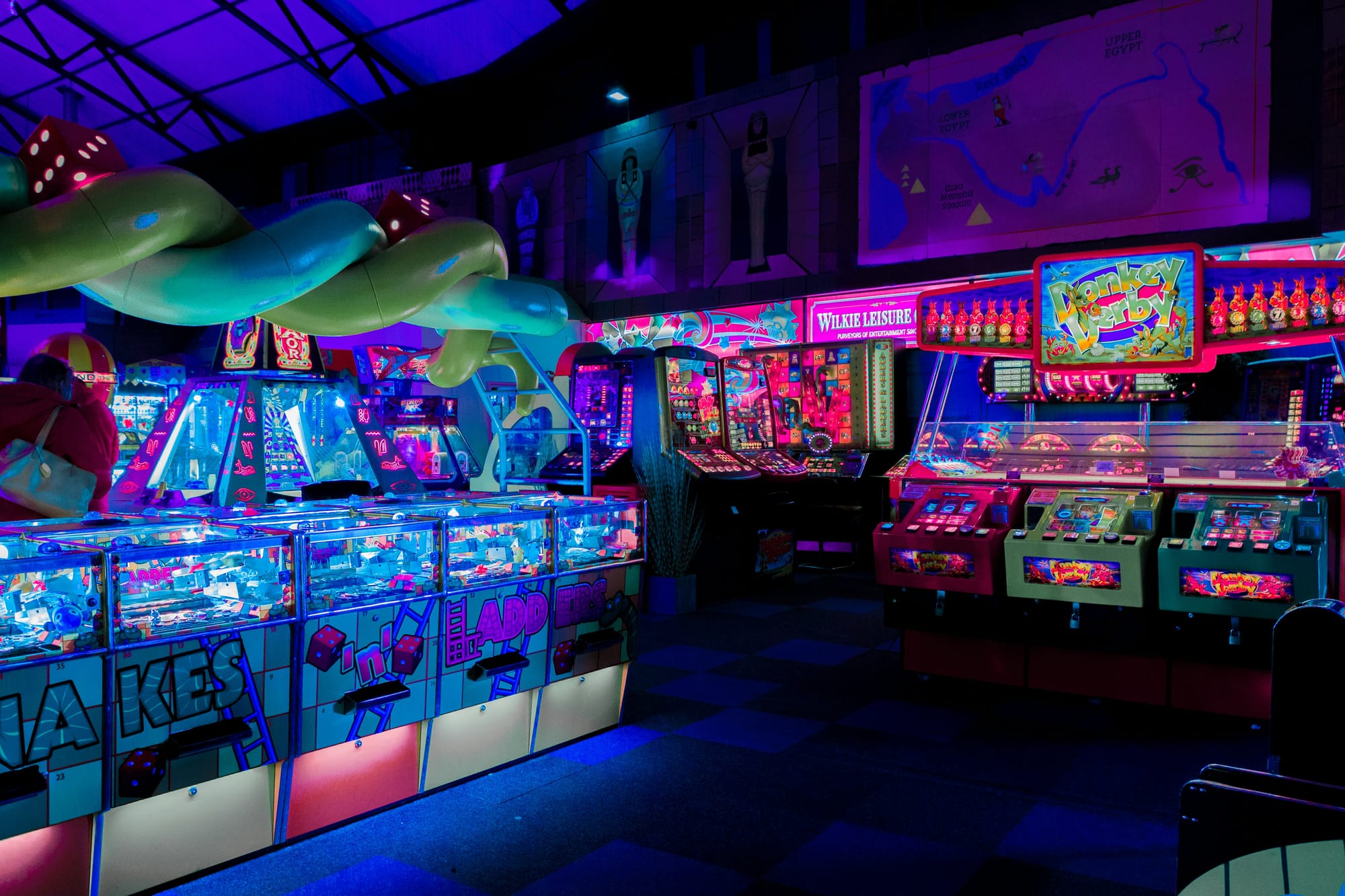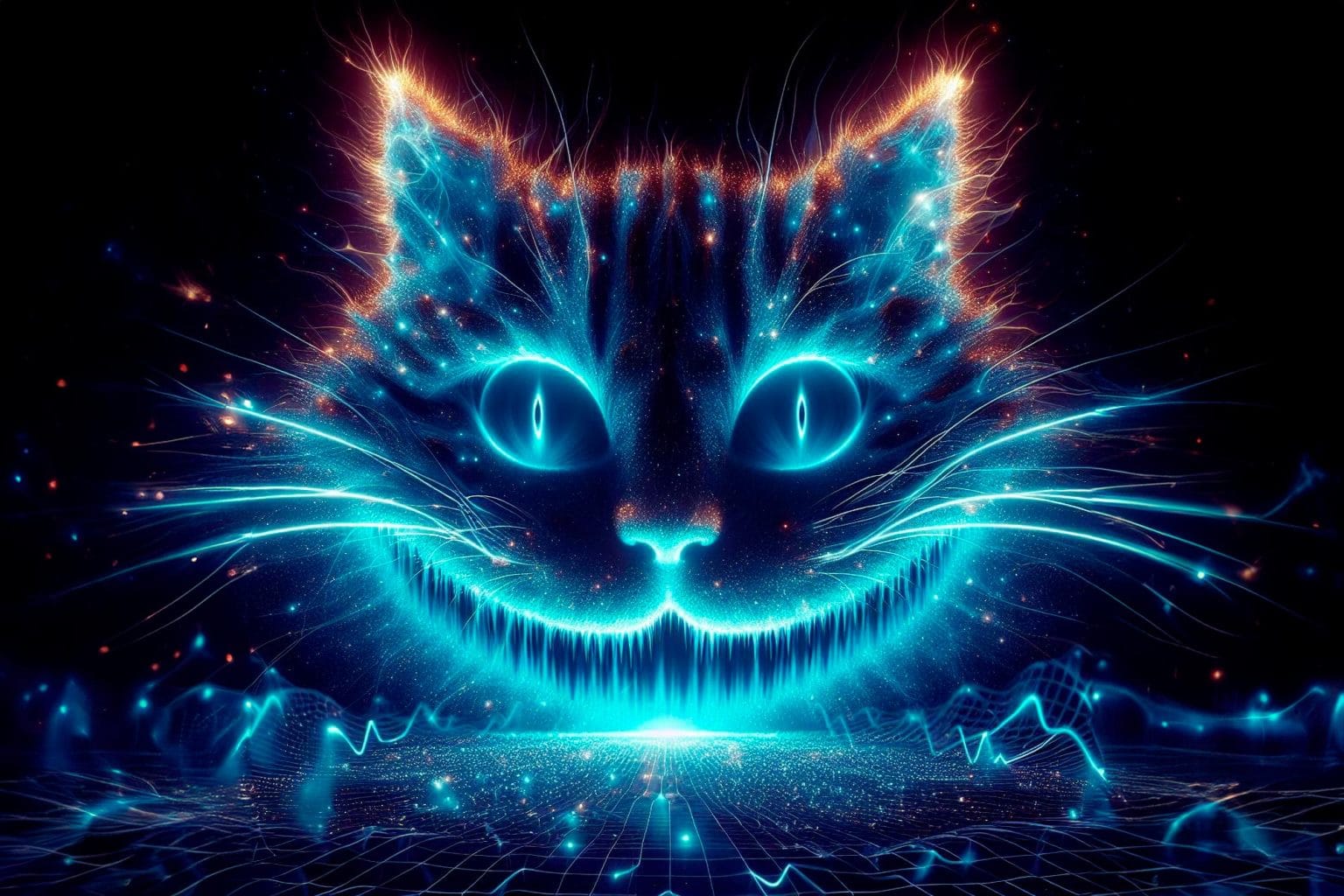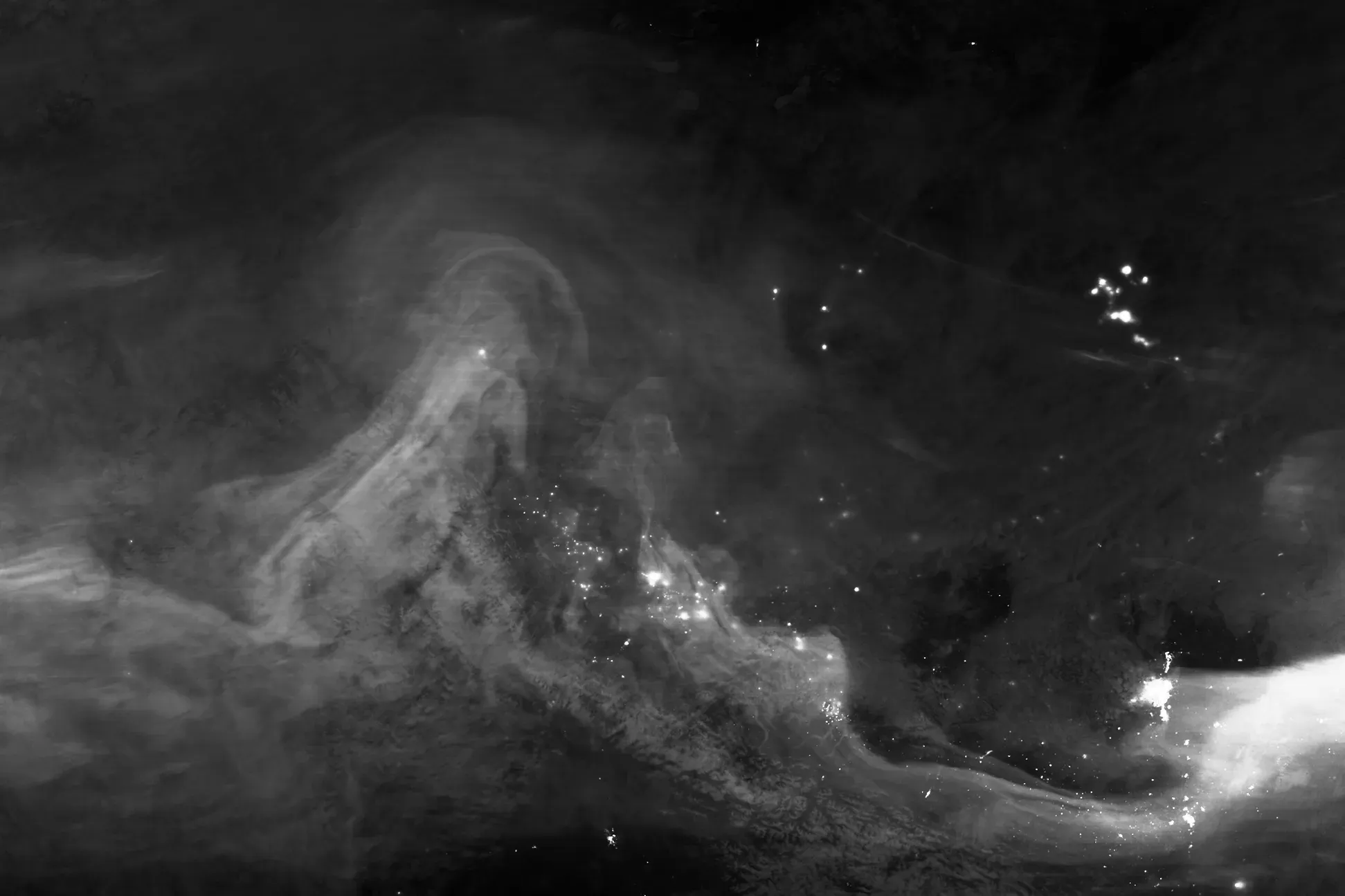Over 30% of Blockchain Games Launched in 2023 Reported as Dead
by Wayne Jones | Crypto Potato

Officially discontinued games attributed funding challenges and market conditions during the crypto winter as the primary factor.
More than 30% of blockchain games announced in 2023 have been reported as discontinued or canceled, as per the data provided by the Big Blockchain Game List.
As of January 2024, the list encompasses 911 games, with 334 currently live and 577 still in development.
Blockchain Games Face High Discontinuation Rate
Out of the cumulative 1,318 blockchain games ever listed since the initiative’s launch in 2021, a significant 31%- equivalent to 407 games – now are categorized as discontinued or abandoned. This classification denotes official announcements of project cancellations or a prolonged period of inactivity.
Among the officially discontinued games, the most commonly cited reasons were attributed to funding challenges and market conditions arising from the crypto winter. Many discontinued projects opted for radio silence, ceasing operations without formal announcements.
What’s Being Built with Google’s Geospatial API?
by Mike Boland | AR Insider
Google recently held its Immersive Geospatial Challenge, letting developers compete for the best application of its Geospatial API. This is Google’s toolset for building immersive mapping and location products that tap into the same underlying tech that powers its Live View feature.
As background, Live View lets users navigate using AR arrows that guide them from a first-person perspective. It’s especially useful to orient oneself when emerging from underground transit. And more recently, Google has added identifying info along the routes, such as storefronts.
To do this, Google taps into its knowledge graph including Street View data and Google Business Profiles. The former lets devices localize by matching what the camera sees with Street View imagery. And the latter does similar in identifying storefronts and points of interest.
Dissecting the Quantum Illusion: Debunking the Cheshire Cat Effect
by SciTechDaily | Sci Tech Daily

What actually happens is much weirder, and may help us understand more about quantum mechanics.
The quantum Cheshire cat effect draws its name from the fictional Cheshire Cat in the Alice in Wonderland story. That cat was able to disappear, leaving only its grin behind. Similarly, in a 2013 paper, researchers claimed quantum particles are able to separate from their properties, with the properties traveling along paths the particle cannot. They named this the quantum Cheshire cat effect. Researchers since have claimed to extend this further, swapping disembodied properties between particles, disembodying multiple properties simultaneously, and even “separating the wave-particle duality” of a particle.
🌙 NASA - Best Photo from Last Week
An Aurora in Another Light

The Visible Infrared Imaging Radiometer Suite sensor on the NOAA-NASA Suomi NPP satellite captured this image of the aurora borealis, or northern lights, over western Canada at 3:23 a.m. MST (5:23 a.m. EST) on November 5, 2023.
Auroras are colorful ribbons of light appearing in night skies, incited by a strong geomagnetic storm in Earth’s magnetosphere. Multiple coronal mass ejections from the Sun sent a surge of charged particles toward Earth. After colliding with Earth’s magnetosphere, some particles trapped in the magnetic field are accelerated into Earth’s upper atmosphere where they excite nitrogen and oxygen molecules and release photons of light, known as the aurora.
If you like watching displays such as these, you can help scientists verify aurora sightings so they can analyze and include them in space weather models.
Image Credit: NASA/Lauren Dauphin and Wanmei Liang, NOAA


Disclaimer: None of the content in this newsletter is meant to be financial advice. Please do your own due diligence before taking any action related to content within this article.
Disclaimer: Unbound is reader-supported. When you buy through links on our site, we may earn an affiliate commission.






